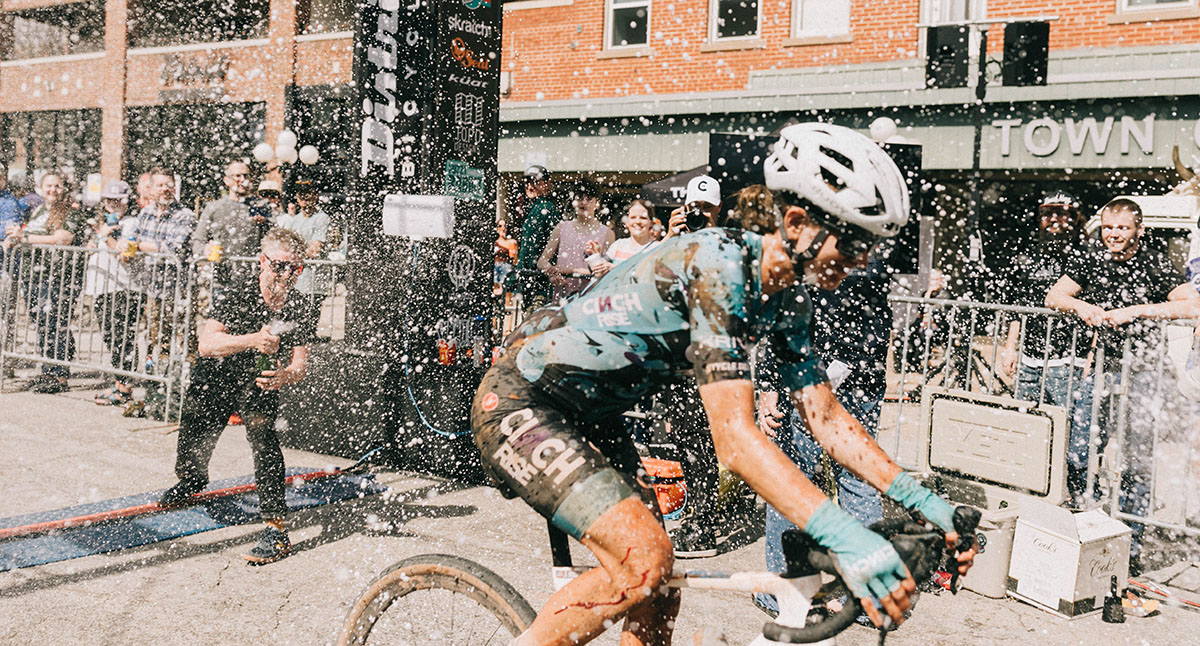Gravel Myths (5): Side Knobs for Cornering Traction?
Rene Herse tires swept the podiums at the first major gravel race of 2023, The Mid South: 1st, 2nd, 6th, 9th and 12th places among the women, as well as 4th among the men. That result is all the more remarkable as these racers don’t get paid to ride Rene Herse tires. They just want to win, so they choose our tires.
What’s equally remarkable is that they were on smooth 700C x 44 mm Snoqualmie Pass tires (Endurance casing). Most other gravel tires for dry conditions have side knobs (also called shoulder knobs) intended to help with cornering traction. Why did all these racers run tires without side knobs?
Before we look into that, let’s take a moment to celebrate these racers and hear their stories.
Lauren de Crescenzo (Cinch Racing, above) was defending last year’s title. She reported: “There’s always more pressure going into a race with the number 1 plate. My teammates and I rode at the front from the beginning. I took the lead solo, built a good gap, and settled into my pace. Then I was stopped by a train for 5 minutes at mile 35. The groups behind me all came together at the railroad crossing, and my lead was erased.
“I had to restart my race entirely, and do a mental reset. The race dynamics totally changed, and I was back in a group of male riders with competitors Ruth Winder and Emily Newsom and teammate Caroline Wreszin. I relentlessly kept attacking and finally broke away with 50 miles to go. Despite huge winds and chasing groups, I was able to build a big lead. I was able to solo to victory, set the course record, and get organizer Bobby Wintle’s famous hug.”
There’s nothing to add to that story—there’s only one Laurenissima!
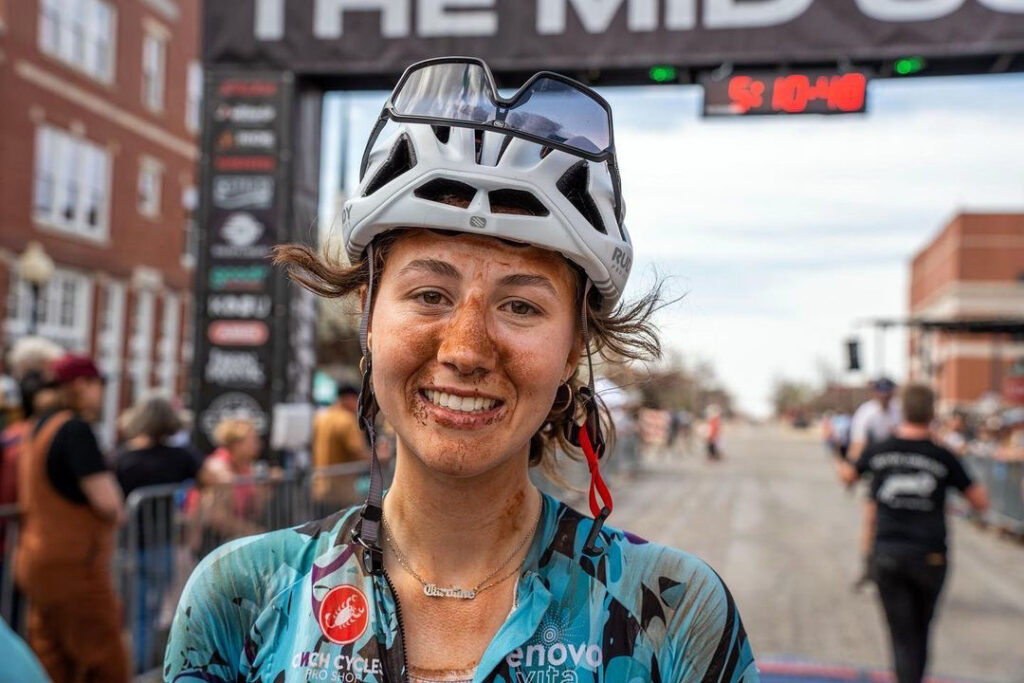
In second was Caroline Wreszin, Lauren’s Cinch Racing teammate. Just 21 years old, Caroline rode flawlessly all day, making the key selections, and moving into second place during the final part of the race. She commented at the end: “Tires were absolutely the best.”
Of course, we all know that legs and brains that got Caroline onto the podium—bike and tires can help, but no more.
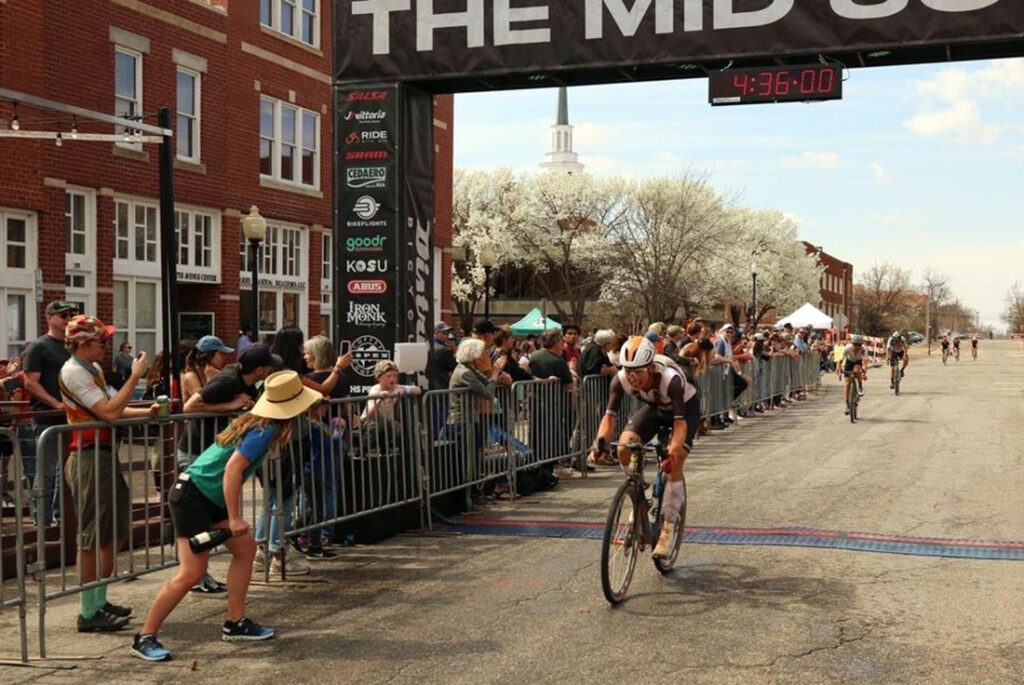
In the men’s race, Innokenty ‘Inno’ Zavyalov (Mazda Lauf Factory Team) finished fourth, outsprinting Alex Howes and other pre-race favorites. He reported: “I was a bit nervous running the Snoqualmie Pass today, as I’ve mostly ridden the Hurricane Ridge and have not raced this tire before. But at 30-31 psi they were super-awesome, decent grip in the corners, but most importantly floated the chunky rocky gravel really well. I’m impressed.”
Congratulations on a hard-fought result!
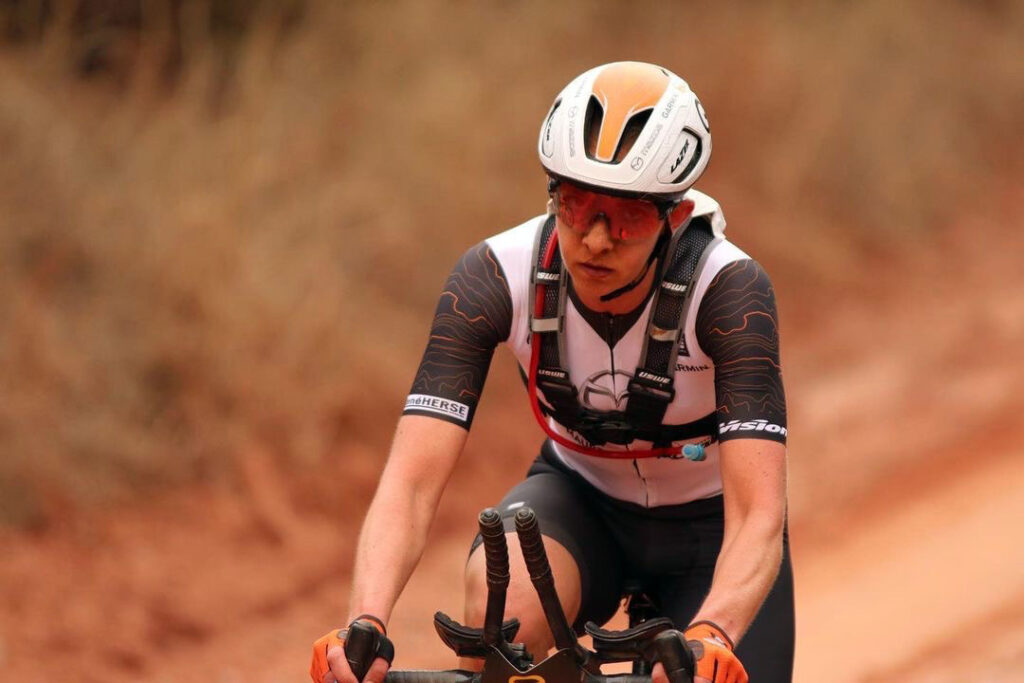
Marisa Boaz, also with the Mazda Lauf Factory Team, was sixth in the women’s race. She told us after the race: “I didn’t have the start I wanted, so then spent the day making up ground. It’s a hard way to race, but I’m really trying to get better at it. Proud of my effort, but not satisfied, which can be a good thing. The tires were great today! They felt comfortable over some really rough areas, and I have 100% confidence in them!”
Well done! We look forward to seeing where Marisa will go in the future.
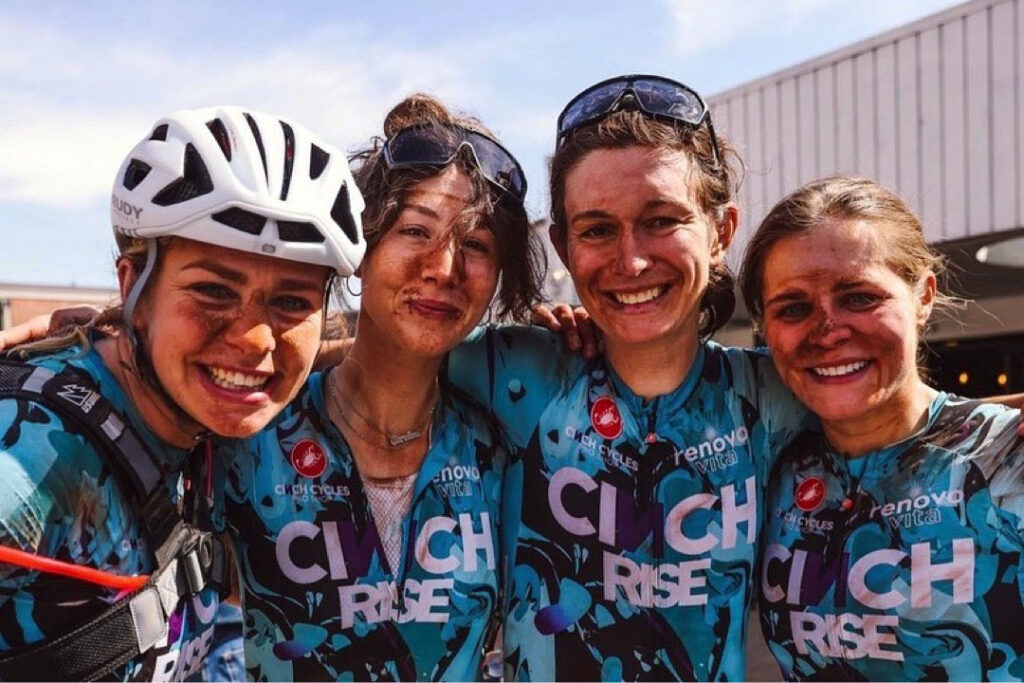
Rounding out the top-10 in the women’s field was Holly Mathews (right) of Cinch Racing, who had enough left after supporting her teammates to finish 9th. Holly is truly inspiring. Not far behind was her teammate Tori Dippold (left), who finished 12th in her first major gravel race. Amazing!
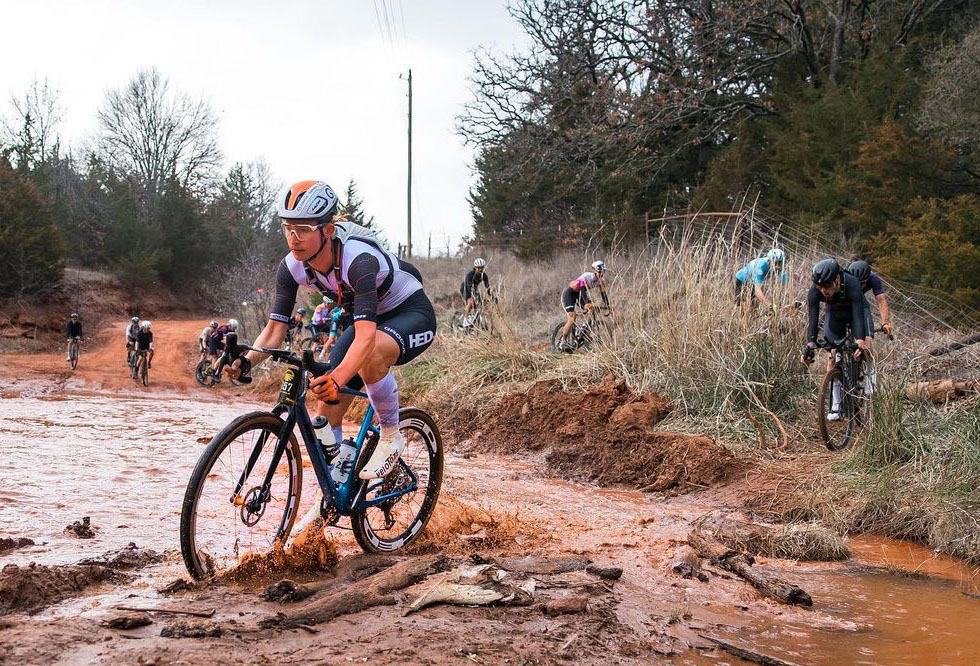
So what about those smooth-treaded Snoqualmie Pass tires all these riders were running? The standard way to make tires for gravel racing is simple: Use a smooth center with side knobs that are supposed to help with traction in corners. As you can see in the photo showing Inno traversing a technical section, this year’s Mid South course wasn’t just smooth gravel. Why didn’t the lack of side knobs put these racers at a disadvantage?
The simple truth is that side knobs don’t help with cornering traction. Most of the time, they don’t hurt, either, but there are good reasons not to put side knobs on your tires.
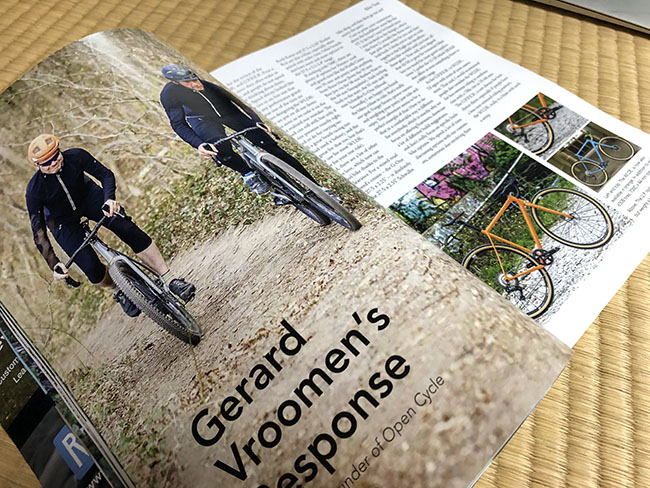
Gerard Vroomen, co-founder of Cervelo and Open, explained this years ago:
“In general we find side knobs superfluous on gravel tires. If you’re hanging at such an acute angle, you’re about to hit the ground anyway. Even worse, the only terrain where you could achieve such an angle without falling is on asphalt, and the last thing you want is side knobs hitting the road instead of smoother rubber.”
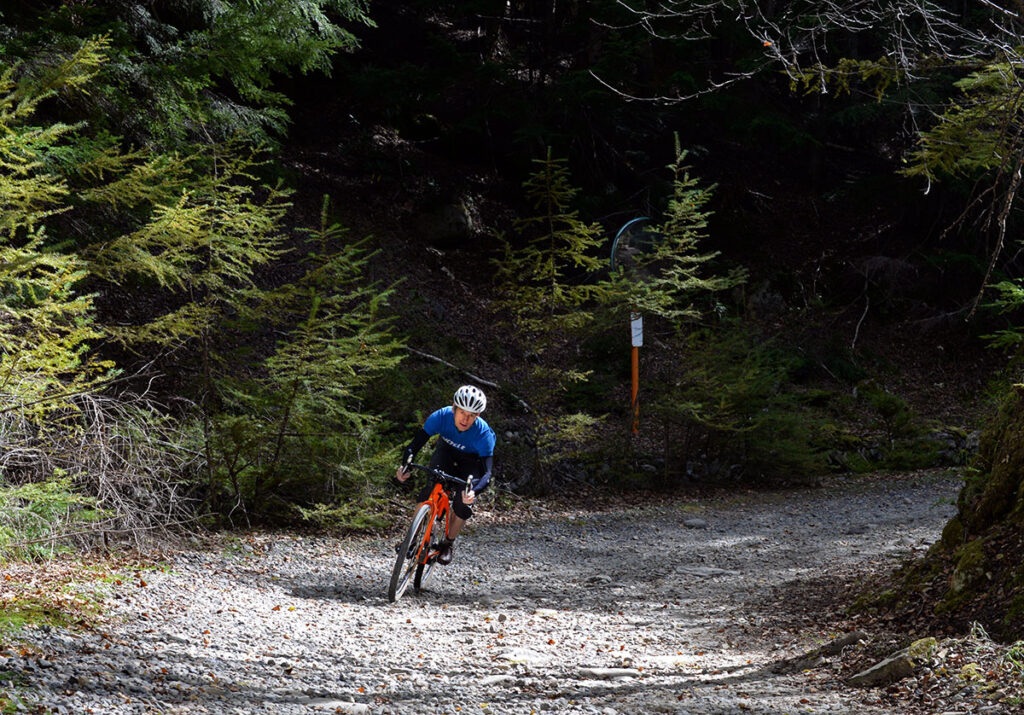
Gerard points out a simple truth: You just can’t lean your bike very far on loose gravel. In the photo above, you see me countersteering to catch a slide. I’m absolutely on the limit yet the lean angle doesn’t look that impressive—because it isn’t. If my tires had side knobs, they wouldn’t really be digging into the gravel. I might just as well be riding slicks—as the racers on Rene Herse tires did at The Mid South.
In other words: On slippery surfaces, you simply can’t lean far enough to engage the side knobs. You’ll start sliding while you’re still on the ‘semi-slick’ portion, and by the time the side knobs engage, you’re already going down.
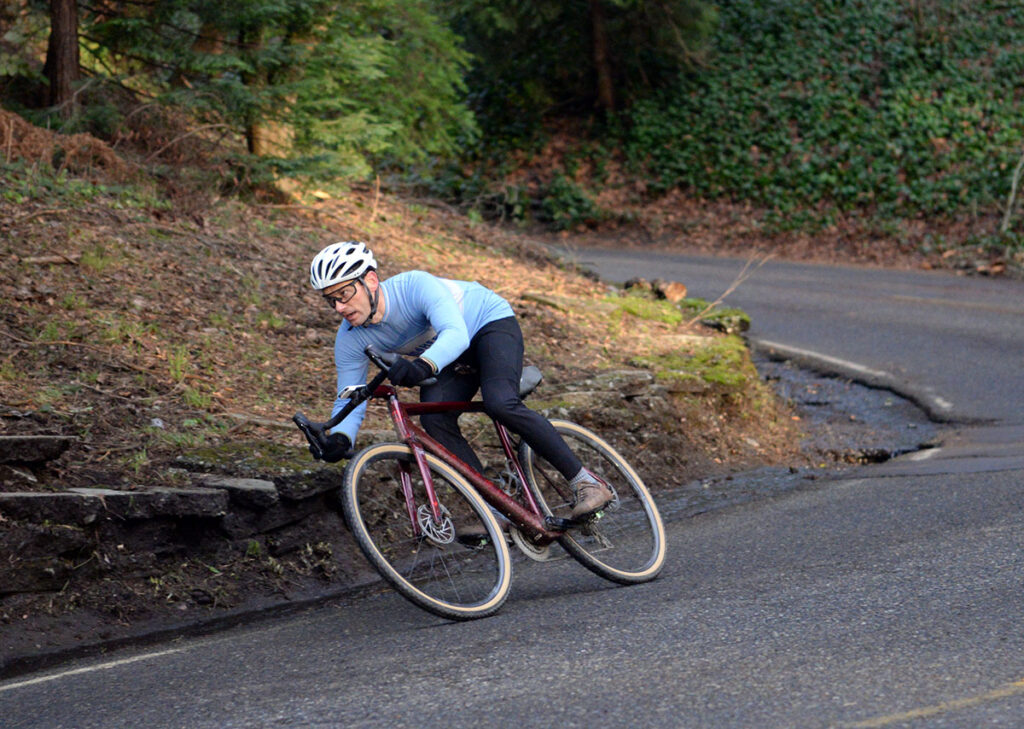
As Gerard Vroomen mentioned, the only place where you can really lean the bike over is on pavement. With most gravel tires, that’s when you suddenly transition from the smooth center to the side knobs. What happens next? The knobs fold over, and the bike suddenly breaks away. If you’ve ever experienced that, you know it’s not a good feeling…
“But wait,” I hear you say, “You are riding knobbies in the photo. Why aren’t you losing grip leaning the bike over that far?”
That’s because I’m riding our dual-purpose knobbies. These tires roll as fast and corner as well as the best slicks. How is that possible? When we developed these tires, we started with a slick, and then cut away all the tread we don’t need, until only a computer-optimized knobby pattern remains. That’s fundamentally different from other knobbies, where the designers add knobs to the surface of the tire. Rene Herse knobbies still behave like slicks, because the knobs are designed so they don’t flex and squirm.
On the road, that means you don’t lose speed when you ride on hard surfaces. And you don’t lose traction when you lean the bike into corners.
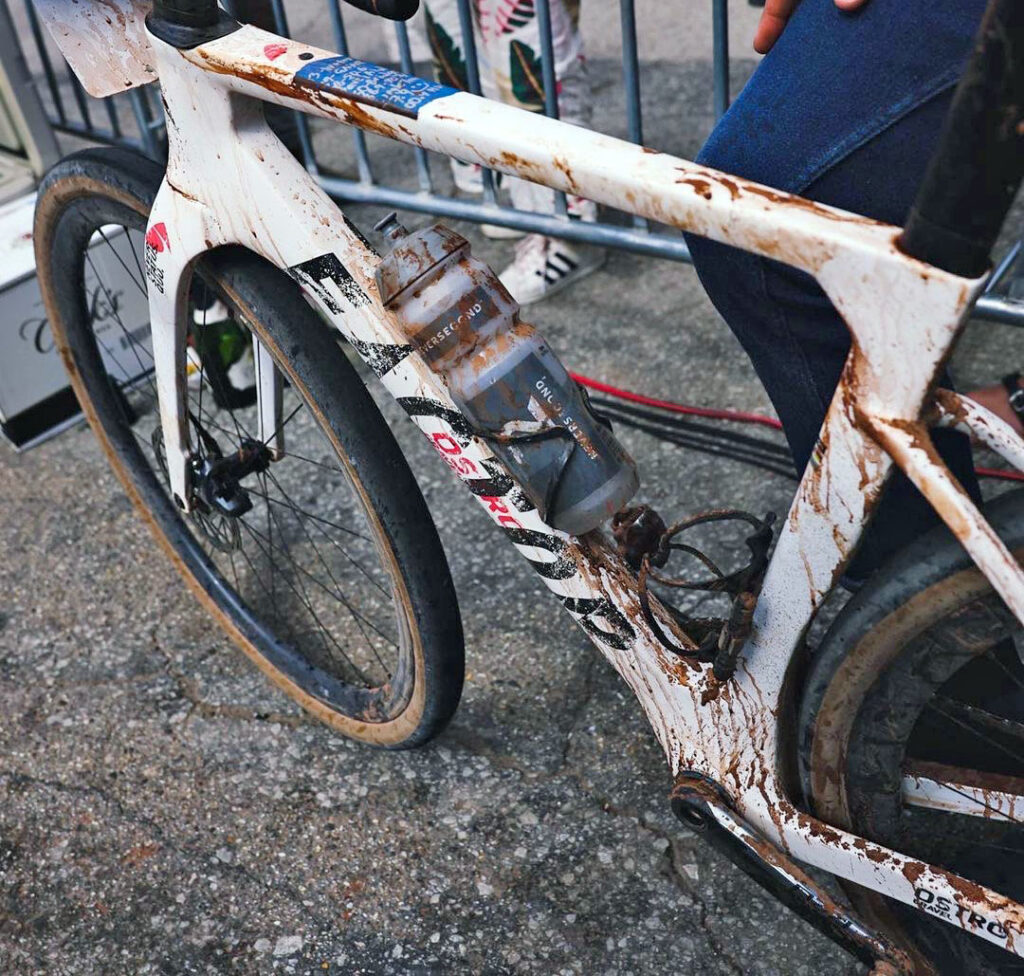
Instead of giving you a semi-slick with side knobs that’s neither as a slick nor a knobby, we give you a choice between two excellent tread patterns. Our smooth all-road tires are perfect for dry conditions—paved or gravel—where knobs can’t dig into the surface and don’t really do much for you. Like this year’s Mid South. That’s Lauren’s bike at the finish in the photo.
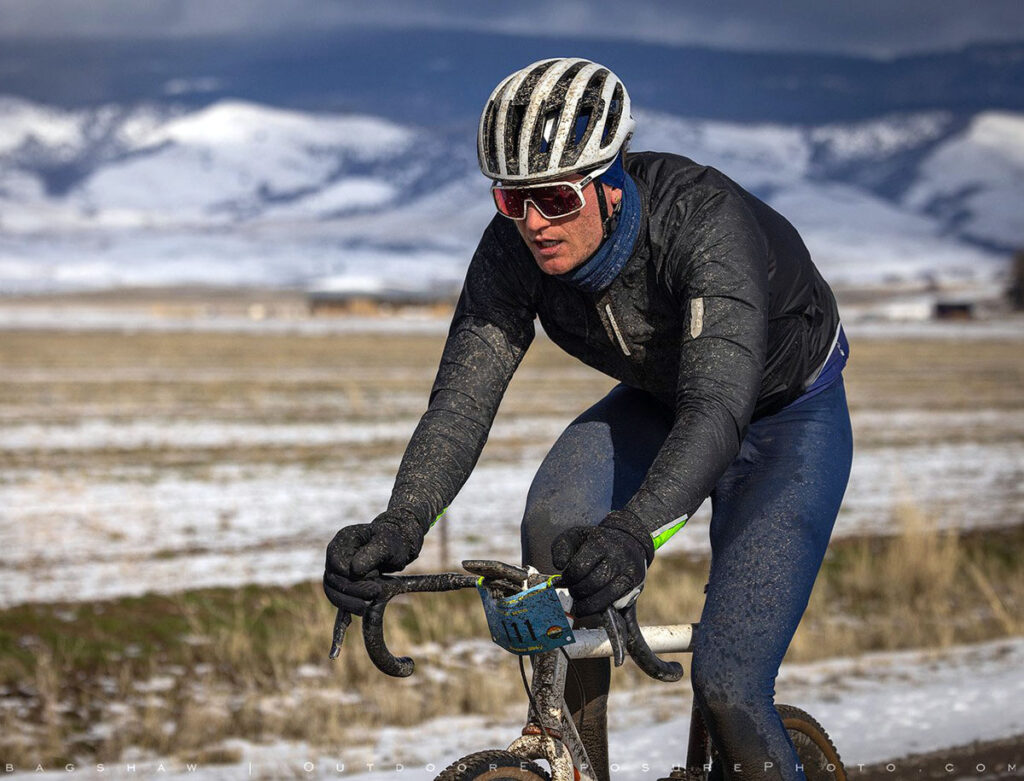
And when you need knobs, our dual-purpose knobbies provide excellent traction in mud and snow—without holding you back on the paved sections of your route. Because we know that most gravel races and rides include at least some pavement. Above is Brennan Wertz on our Hurricane Ridge knobbies on the way to winning last month’s Shasta Gravel Hugger.
This look at side knobs concludes our five-part Gravel Myths series. These are things that you still hear a lot in the cycling world. And yet there’s no evidence to support those myths. Knowing how gravel bikes really work can help us make smarter equipment choices, go faster, be more comfortable, and have more fun. In a future post, we’ll look at how to choose gravel tires, with advice that’s not specific to our Rene Herse tires, but a more general look at how to make sure you’re on the right type of tire for your event and riding style.
Photo credits: Jacey Rae Sikes Photography (Lauren winning); The Mid South (single-track cornering shot); Sean Bagshaw (Brennan in the snow)
Further Reading:
- Gravel Myths (1): Too much tire?
- Gravel Myths (2): Smaller Knobs Roll Faster?
- Gravel Myths (3): Wide Tires Need Wide Rims?
- Gravel Myths (4): 700C Wheels Roll Faster?
- Results of Bicycle Quarterly’s tire tests
- Our book The All-Road Bike Revolution explores how bicycles really work.
- More about Rene Herse tires


